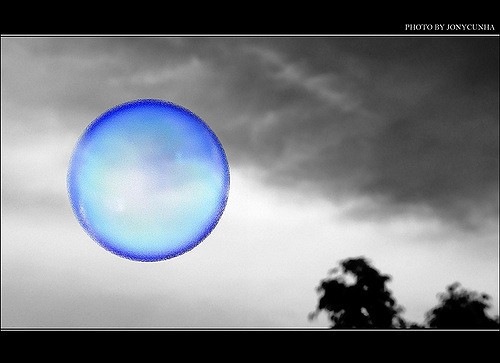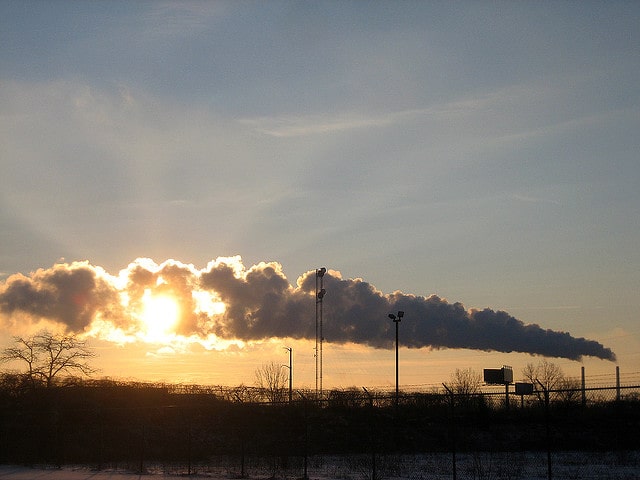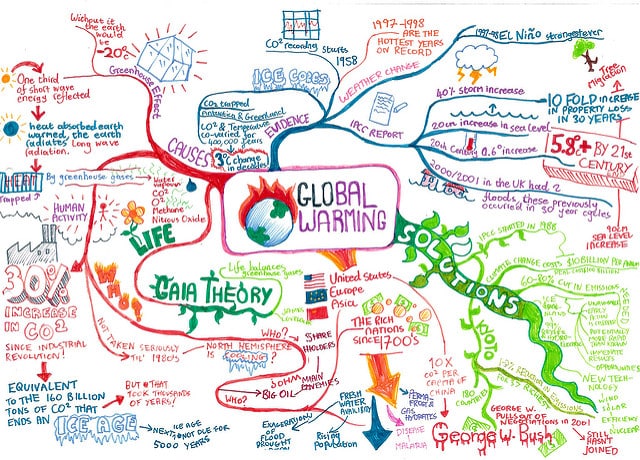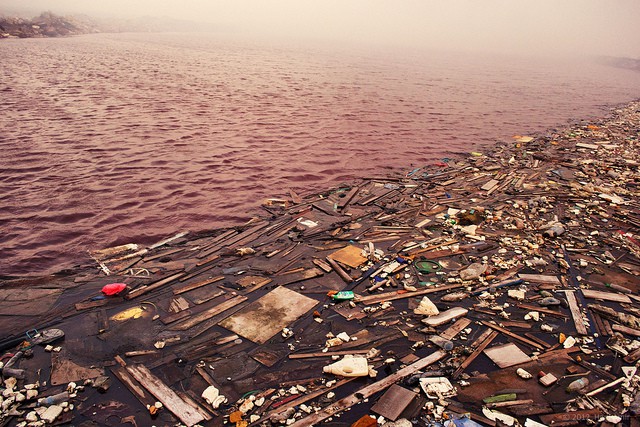The Environmental Impact of Polyvinyl Alcohol
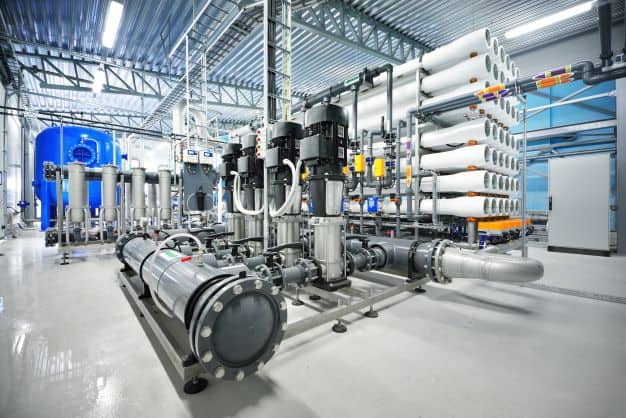
PVA, or polyvinyl alcohol, is a synthetic polymer produced from the polymerization of vinyl acetate. This process can be done either in solution or in suspension.
In its solid form, it is a colorless, odorless powder that dissolves in water. It also has a high molecular weight, which increases its viscosity. This particular trait gives its film-forming properties. It’s also resistant to heat and moisture.
For these characteristics, PVA manufacturers use it for many applications, including adhesives, coatings, film-forming agents, and emulsifiers. It is also used in making food packets and as a binding agent in creating paper products. One can find it in homes in the form of glues and laundry starch. Meanwhile, businesses use it as an anti-corrosive agent, binder, and film former. It can even be found in many medical applications, such as contact lenses, blood bags, and wound dressings.
The material’s versatility makes it present in nearly everything humans use daily. But that should make people wonder how safe it actually is, especially for the environment.
How Does PVA Impact The Environment?
PVA is considered to be a low-hazard substance. It’s a highly biodegradable polymer, which means it breaks down into harmless products when exposed to the environment.
Some believe that because it’s biodegradable, it doesn’t create microplastics. Microplastics or nano-plastics are a growing environmental concern as they can enter the food chain and potentially cause harm to animals and humans. It’s said that it only takes three months for PVA to degrade in water.
However, it’s also believed that PVA can potentially cause environmental problems.
On Water
Many water treatment facilities are designed for organic matter, not synthetic polymers. This means PVA may not be removed entirely from the water before it’s recirculated into the system. It’s also believed that it requires a certain amount of time in the water and exposure to specific enzymes and microorganisms before breaking down completely. Thus, without a proper treatment facility, the remaining PVA may contribute to pollution.
Moreover, if PVA isn’t adequately treated, it can end up in waterways, harming the environment. But they can become even more dangerous when mixed with other water pollutants. This converts PVA into phthalates.
Phthalates are a group of chemicals often used in plastics to make them more flexible. They’re also found in cosmetics, cleaning products, and some food packaging. Phthalates can potentially cause health problems, such as endocrine disruption and reproductive toxicity. In the environment, they can also be toxic to animals.
On Land And The Atmosphere
Although harmless for the soil, it’s also believed that PVA can leach out into groundwater. Leaching is where water-soluble substances are dissolved and transported through the earth. This usually occurs during rainfall or irrigation.
If leaching occurs, water breaks down the PVA, which releases greenhouse gases like ammonia and methane into the atmosphere. These gases contribute to climate change, a global problem that needs to be addressed before circumstances become irreversible for all.
Ways To Reduce The Environmental Impact of PVA
Although PVA is a low-hazard substance, there are still ways to reduce its environmental impact. Here are some of them:
- First, make sure you dispose of PVA properly. Most manufacturers do this by adding more water to dilute it before throwing it away. Gallons of water may be needed depending on the amount of PVA that must be disposed of. Then, putting it in the drain will help it go through the sewage treatment process, which will further degrade the PVA.
- You can take it to a special waste facility that accepts PVA. It should be a place that’s equipped to handle and dispose of hazardous waste properly. It’s essential to check with your local waste management company first to see if they have this type of facility.
- Look for products made with recycled PVA. Recycled PVA has already gone through the degradation process, so it may be less likely to cause environmental problems. You can also look for recycling programs in your area that process PVA.
A Look Into The Future
Currently, PVA is still being used in many industries and products. Their perceived benefits often outweigh the potential environmental concerns. A good example is its utilization in household tools.
Instead of using plastic jugs for detergent, some companies have started using PVA bags which can be thrown away with regular household waste. This is said to help lessen the amount of plastic usage, which is actually beneficial. Using plastic alternatives helps reduce the demand for plastic, a material that causes more harm when introduced into the environment.
With the growing concern about climate change and plastic pollution, scientists and researchers are continuously studying the effects of PVAs on the environment. Until a more sustainable material is found, it may serve as a viable substitute. Experts must now focus on trying to understand how it can be improved to mitigate the risks it poses to living things.
In Summary
Polyvinyl alcohol is versatile and valuable. Currently, its safety is largely unquestioned. However, it’s essential to be aware of its potential impact on the environment. Experts and manufacturers must work together to understand its risks and ensure its proper usage and disposal. Consumers should also come together to encourage their accountability.


